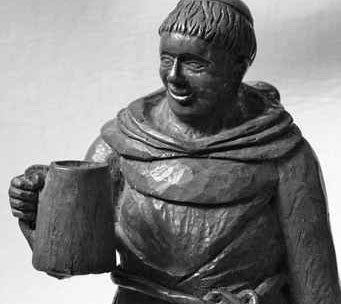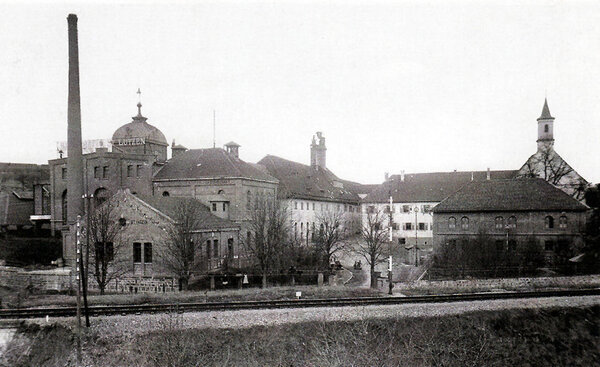The history of Stuttgarter Hofbräu begins in the 15th century in the St. Luzen Monastery Church, when Franciscan monks were given permission by Prince Eitel Frederick to brew beer. In his will of 1591 he justifies this privilege with the gravity of serving God, stating that the monks "have to sing and read, and they do not have an excess of food and drink". To "return the favour", the monastic brewers supplied the royal court and the noblemen of the region with beer. From 1600 onwards they were regularly allocated barley and hops. In 1728 they were granted an official "brewing licence".
In the course of secularisation, St. Luzen Monastery Church was abolished, and the church, monastery and brewery passed to the royal house. The prince gave up the previous royal brewery in the upper town and moved production to the monastic brewery. In 1850, ownership of the monastic premises passed to the Sigmaringen Hohenzollern. Some 22 years later, the brewery merged with the "Englischer Garten" brewery in Stuttgart. From then on it was called the "Württembergisch-Hohenzollerische Brauereigesellschaft" and was the official supplier of the royal court.
In 1925, the brewery Rettenmeyer Tivoli AG in Stuttgart joined it with the headquarters of today in Böblinger Straße, and ten years later this amalgamation called itself Stuttgarter Hofbräu. The good quality is also praised in a story of a Franciscan monk leaving Hechingen, who is supposed to have immortalised himself by writing the following words on his cell door:
"Oh what lovely St. Luzen beer, I must leave and you stay here."


